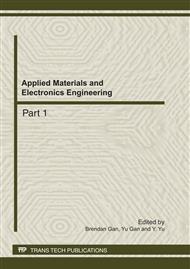p.759
p.763
p.767
p.775
p.780
p.785
p.789
p.795
p.799
Numerical Simulations of Canyon Topography Effects on Long-Span Bridge with High Piers under Incident SH Seismic Waves
Abstract:
To evaluate the influences of the canyon topography on large structures, based on a rigid frame bridge across a 137-meter-deep and 600-meter-wide canyon, the seismic response of the canyon topography is analyzed under seismic SH waves with the assumptions of vertical incidence and oblique incidence to obtain the surface ground motions, which are used as the excitations for the bridge. It indicates that canyon topography has significant and complex influences on the surface ground motions. The peak ground accelerations vary greatly from the bottom of the canyon to the upper corners. And the ground surface has been characterized by larger relative displacements in the case of oblique incidence. Compared with the uniform seismic excitations, it’s hard to find out any regularity on structural seismic responses considering the canyon topography effects. The canyon topography can enlarge or minish the structural responses in terms of the different structure members, and it should be a carefully considered factor in structural seismic analysis and design.
Info:
Periodical:
Pages:
789-794
Citation:
Online since:
October 2011
Authors:
Price:
Сopyright:
© 2012 Trans Tech Publications Ltd. All Rights Reserved
Share:
Citation:


